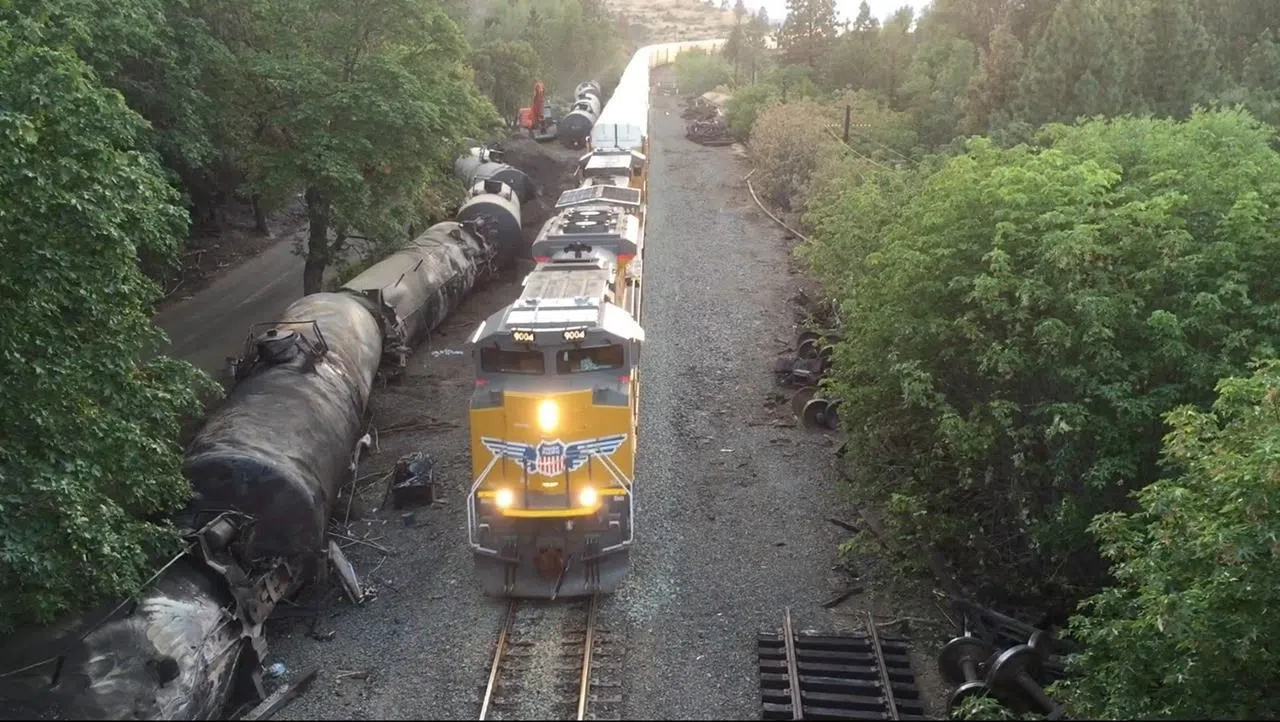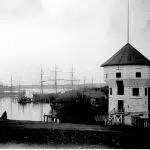
Slow progress seen on faulty rail cars
BILLINGS, Mont. — Slow progress has been made on efforts to upgrade or replace tens of thousands of rupture-prone rail cars used to transport oil and ethanol, despite numerous fiery derailments that prompted new rules for the industry, U.S. safety officials said Tuesday.
Just over 10,000 stronger tank cars mandated by the new rules are available for service, according to figures obtained by The Associated Press from the Association of American Railroads.
That’s equivalent to roughly 20 per cent of the 51,500 tank cars used to haul crude and ethanol during the first quarter of 2016.
Fiery accidents and spills involving the older, rupture-prone cars have occurred in Oregon, Montana, North Dakota, Illinois, West Virginia and Canada.



